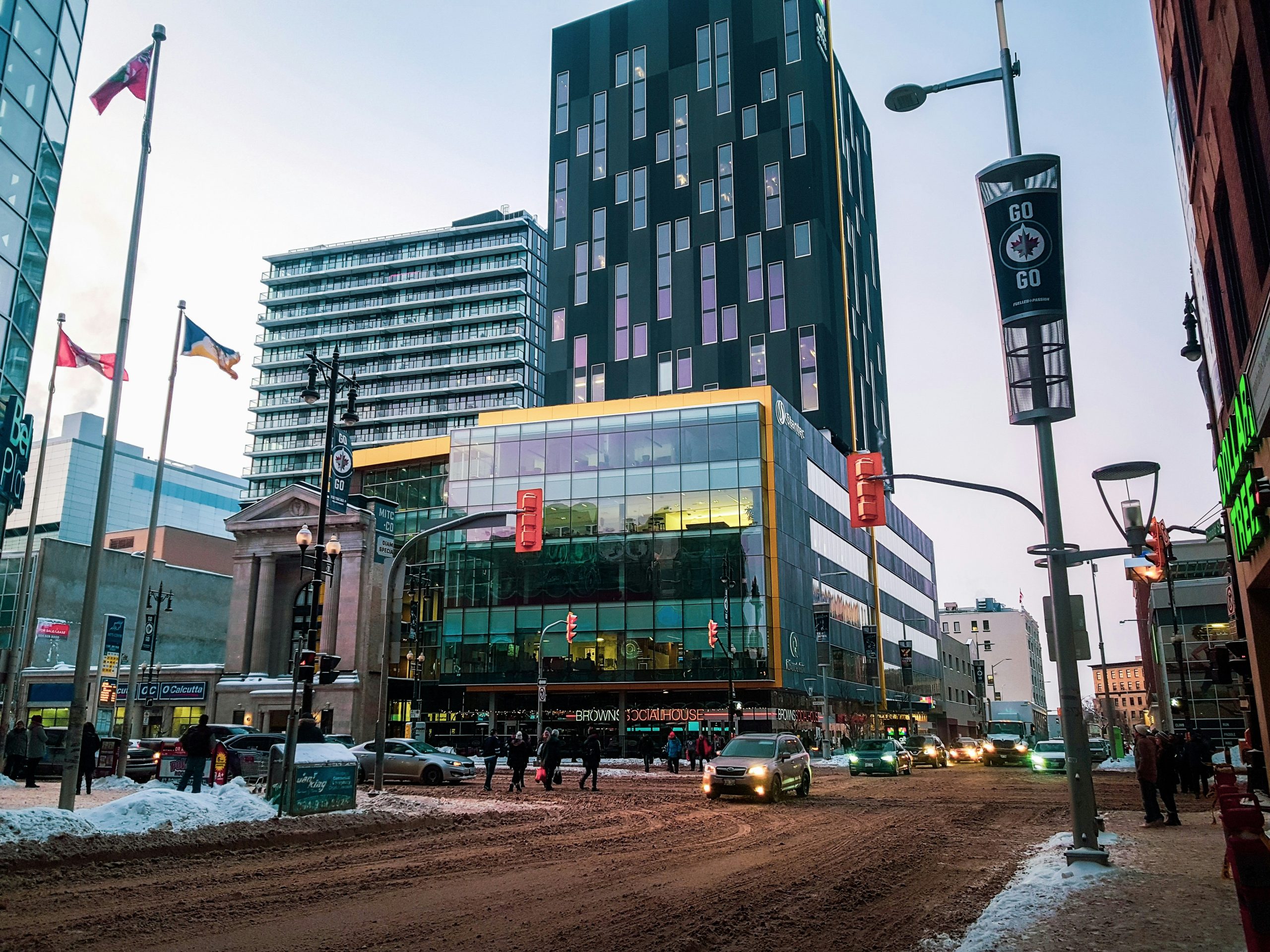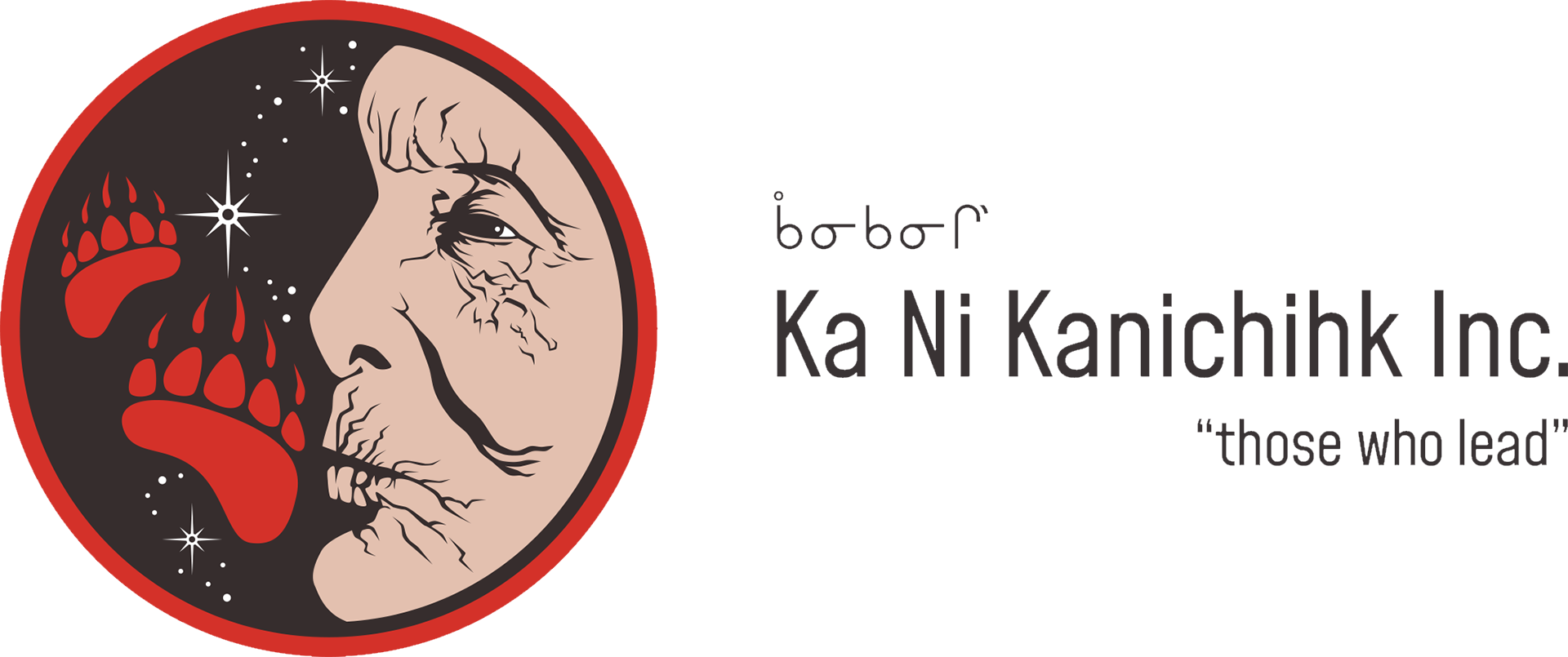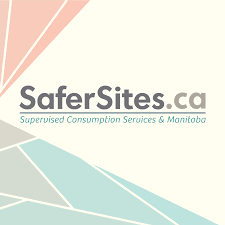Canada’s First Indigneous-Led
Safer Consumption Site
What does an Indigenous-Led Safer Consumption Site Look Like?
- A safer, sanitized space for people to bring and use their own drugs
- Trained staff to intervene with, and help prevent fatal overdoses
- Drug testing on-site for informed consumption practices and drugs alerts for community safety
- Access to harm-reduction supplies such as sterile needles to help decrease the spread of infectious diseases.
- A community of peers for connection and conversation
- Connection to vital health and social services
- Referrals that connect people with health and social services.
- Cultural continuity in care
- Needle return program, to help decrease needles found in public spaces
- Decolonialized health care
- An environment rooted in compassion, dignity, respect and love
A Low-Barrier Place to Connect & Access:
Harm Reduction Supplies
-Naxloxone, Safer Consumption Kits, Information
Community
-Day programming, Drop-in, Compassion
Culture
-Indigenous support & medicine
Referrals
-To internal or external services
Resources
-Information
Treatment
-Rapid access to addiction medicine
Hygiene
-Laundry, showers, personal items
Peers
-Community members with lived experience, guiding and educating within the SCS space.
Health Canada Data for Safer Consumption Sites
From January 2017 to January 2024
4,633,152 total visits to an SCS
414,194 unique clients
470,076 referrals connecting people with health & social services
From March 2020 to January 2024
38,971 overdoses responded to at safer consumption sites
16,180 overdoses requiring use of naloxone
0 fatal overdoses at a safer consumption site
Recognize the Signs of an Opiate Overdose
- Loss of consciousness
- Unresponsive stimulus
- Awake, but unable to talk
- Breathing is very slow and shallow, or has stopped
- Choking sounds
- Blue or grayish skin
- Vomiting
- Body is very limp
- Face is pale or clammy
- Fingernails and lips are blue or purplish black
- Pulse is slow, erratic, or is not there at all
How to Donate
Lorem ipsum dolor sit amet, consectetur adipiscing elit. Aenean efficitur eros ipsum, eget mattis est hendrerit at. Etiam et nisl nulla. Duis id nunc sed tellus pellentesque molestie. Quisque sed tellus est. Nunc lorem dolor, consequat eu tortor in, scelerisque vulputate lorem. Curabitur in auctor odio.
Substance-related deaths in Manitoba 2024 Data
From January to July of 2024:
208 sons, brothers, fathers and uncles lost their lives
115 daughters, sisters, mothers and aunts lost their lives
115 daughters, sisters, mothers and aunts lost their lives
56 people died in January
33 people died in February
29 people died in March
53 people died in April
47 people died in May
55 people died in June
50 people died in July






